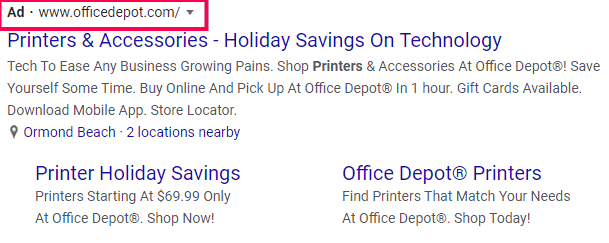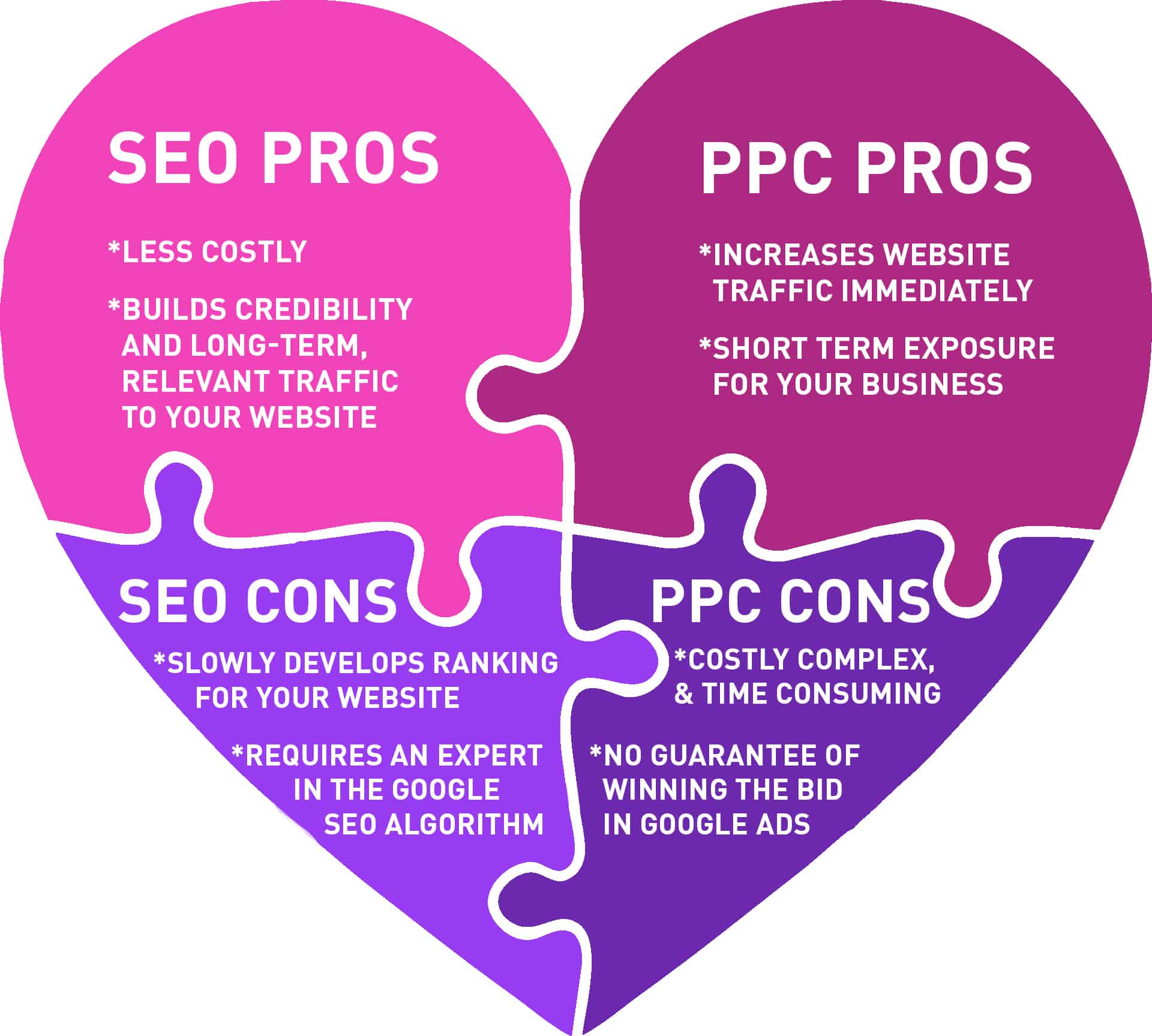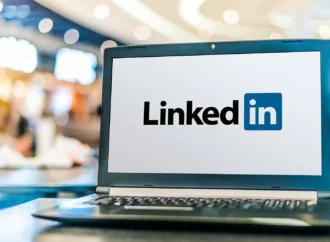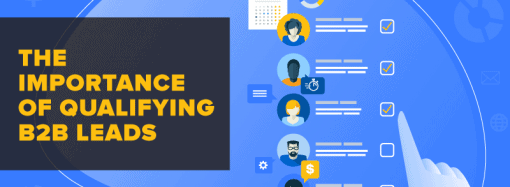4 Reasons SEO and B2B PPC Are More Effective Together The objective of B2B PPC and SEO are the same; they’re designed to make you visible on the first page of SERPs (Search Engine Results Page), but while their goals are the same, they don’t have to be used individually. Combining them both is a
4 Reasons SEO and B2B PPC Are More Effective Together
The objective of B2B PPC and SEO are the same; they’re designed to make you visible on the first page of SERPs (Search Engine Results Page), but while their goals are the same, they don’t have to be used individually. Combining them both is a great way to maximize your chances of exposing your business to as many eyes as possible.
In honor of Valentine’s Day, we felt it best we introduce you to our favorite power couple who can help you generate content and leads you need.
What Is SEO?
SEO stands for Search Engine Optimization, a practice used to increase the quantity and quality of traffic to your websites through organic search results. “Organic” means that leads found your content on their own without the aid of paid advertisements. For example, if someone googles “What’s the best polymer for rocket engine bushings” and they click on your article, that’s organic.
The overall end goal for SEO marketing is to utilize a set of strategies for your company to appear as one of the top results on a search engine like Google, Bing, or Yahoo. But how is that accomplished?
You can utilize optimized keywords and phrases, simplified URLS and clean, organized content to try and raise your ranking on a search engine. If you need tips on how to develop your website or how to enhance your pages, read our blog on how to help your website rank higher.
No one ever said SEO was easy; results may take months to develop in a meaningful way but with hard work and some trial and error, the results you want will come in due time.
Ready to Optimize your SEO for your B2B Marketing Strategy?
What is PPC?
PPC stands for Pay-per-click and is a form of internet marketing in which you create an ad and pay a fee each time it’s clicked by someone. B2B PPC is not free, but if you understand keyword utilization well enough, you can keep the marketing budget from running too high. You can also set limits on how much you’re willing to pay, so you don’t wake up to find a massive bill on accident. Many companies now “buy their viewers” to increase their online presence.
 |
Did you know: Ad spending is increasing. According to SocialMediaToday, 72% of marketers are spending more on social ads in 2018 and 60% of marketers are spending more on text ads and mobile ads in 2018. |
One of the most popular PPC for B2B advertising strategies is Google Ads. The platform allows businesses to create ads that will appear on Google when someone searches for a specific keyword.
For example, if you type in a search on Google for “pet + groomers”, Google will pull all of the most relevant searches for pet groomers and populate them in your feed. However, for those companies that use B2B PPC, their ads will pop up at the top of the search criteria. As you can see in the example below, Petco’s ad is the number one option at the top of a search for “pet groomers”.

Every time someone searches anything on Google, it digs through a pool of advertisers and picks a “winner” to be featured on their ad space in the results page. The winner is chosen based on their CPC bid and Quality Score – a score that takes your relevancy, page quality, and click-through rate into account.
CPC means cost-per-click; the B2B PPC campaigns you create with Google Ads will ask you to set a maximum cost per bid – which will increase your chances of being chosen.
If you are interested in mastering Google Ads, why not try to earn a certification in it – For Free!
4 Ways They Work Best Together:
While both SEO and B2B PPC accomplish a similar objective, they don’t have to stand alone. Utilizing both will help you reach your customers who are on the search for a solution your company can present.
Here’s how combining SEO and PPC helps you:
Increases Visibility
Once you have both organic and inorganic search results available, you are going to see a significant rise in your website’s traffic. Why? Because appearing multiple times on the front page of a search increases your website’s credibility.
For example, we searched for “printer” on Google. Office Depot’s PPC ad was the first thing to populate.


Double Your Analytics
PPC and SEO give you different information from their campaigns, but most of the results from the campaigns will provide you a deeper insight to your audience and customers. This information can be used to inform the strategy of later ad campaigns and future content development.
Analyze your keyword data and find out what organic and B2B PPC keywords have the highest conversion rates for your product or service. By reviewing your two sets of analytics, you will learn how to optimize both marketing strategies to increase views, leads, and customers.
Play the Short & Long Game Simultaneously
B2B PPC is considered the quick fix to increasing traffic to your website, while SEO is a slow burn that will pay off with strong results over time. Though B2B PPC requires a payment for implementation, it guarantees being on the front page of the SERP, and SEO will result in long-lasting results with a little patience and effort.

You can even create an integrated strategy through B2B PPC and SEO. You can test a set of keywords you’re unsure about through PPC before committing them to your long-term SEO strategies. If they find success and draw in PPC clicks, then you’ll know for sure those keywords interest your leads and will therefore be worth investing time into building SEO content around.
Bounce Back From High Bounce Rates
One of the largest missteps of B2B PPC campaigns is receiving high bounce rates once a visitor enters a website – meaning you lose out on the money you put on that advertisement. A Bounce Rate is a percentage of people who land on your website and idle on the page they entered or leave the site.
A reason they may not do anything on the page can vary from a variety of things – graphics, poor organization, bad content, and so on. But if you have an organized SEO strategy alongside your B2B PPC, you’ll dramatically lessen those bounce rates.
With a proper SEO strategy, your website should have substance and data-driven content relevant to your searchers. After all, the entire point of ranking high on SERPs is to catch and hold your leads’ interest. The more interesting your content, the more likely your leads are to wander through your site, and ultimately try to contact you.
PPC is only as good as the content it directs to. Be sure to have a strong SEO strategy in place if you plan on utilizing both. To do otherwise is to waste money.
Choose a Dynamic Duo for Dynamic, Process-Driven Results
Why not marry your two strategies? They’re a match made in marketing heaven as both work best together. Also, research shows that nearly 75% of B2B searchers click on organic search results first over a paid ad. However, in terms of paid advertising, 12% click on top-sponsored links first.
That doesn’t mean you should disqualify using PPC from your marketing strategy. If you want click-through from PPC, spend the money to rank well. Boost your budget slightly and you will see significantly higher returns on your PPC campaign. Once people go to your website via your ads, that’s where the SEO will need to be strong and effective. You can keep your target audience engaged on your website with well-researched, SEO-rich tactics.
Reviewing your data, testing your strategies on one another, and creating a strong multi-pronged marketing attack will bring the viewers, leads, and customers you’re looking for.
Want to learn more ways to improve your B2B lead communication? Read our blog on CRMs to find out more.















